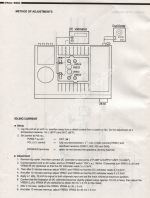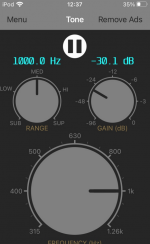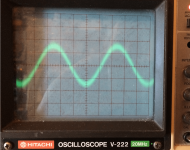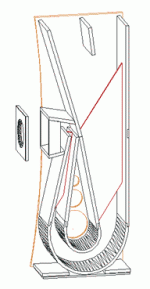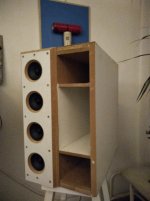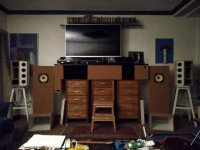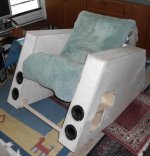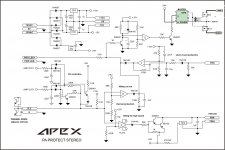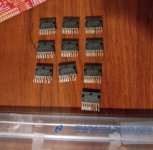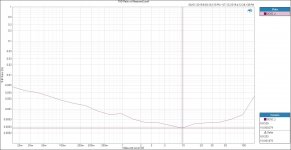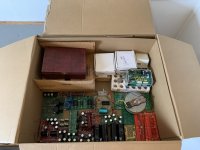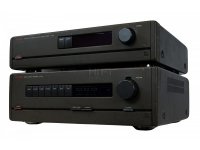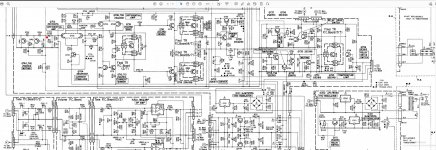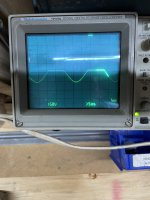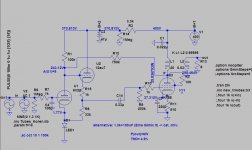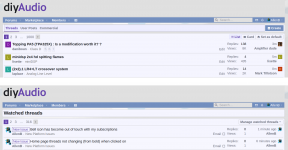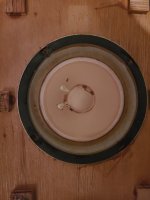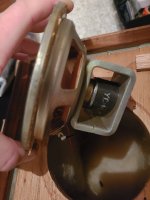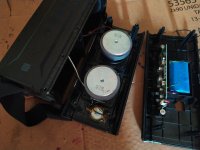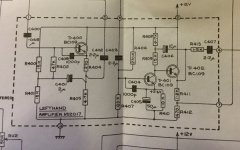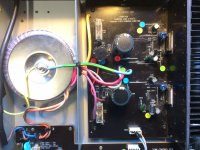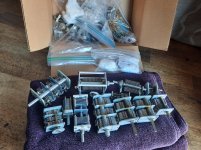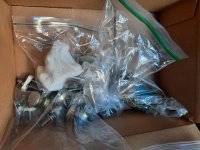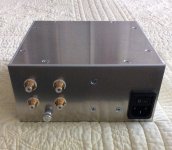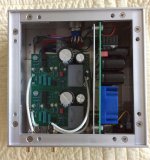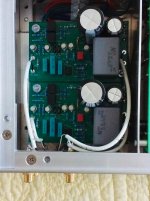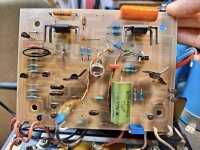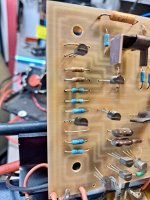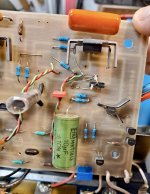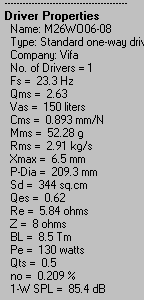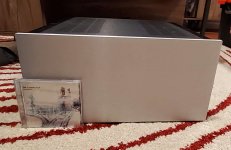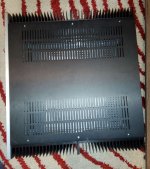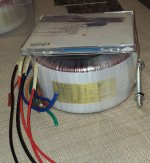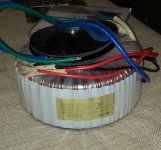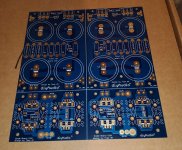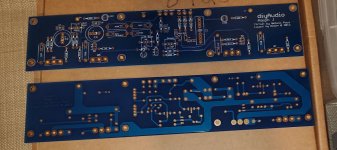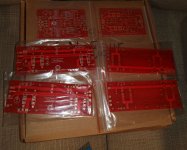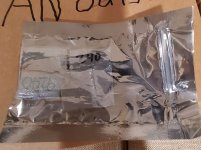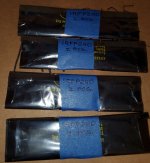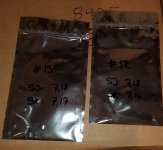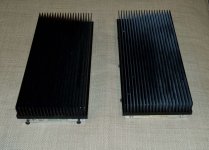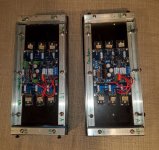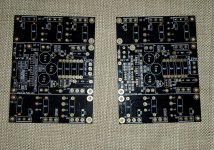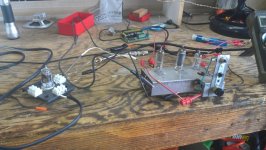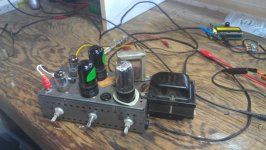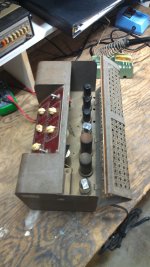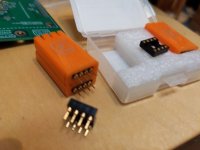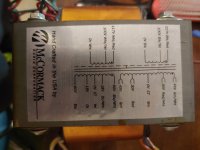Hi All,
After serveral years I finally cleared out some DIYaudio stuff that I had laying around for a longggg time. These items can be picked up in Leiden, The Netherlands for small fee that does not have to be anywhere near the price I paid for them. Most importantly I would be nice knowing some parts will get used by someone...
-2x Aleph-X PCBs
-2x PowerClone PCBs, including 6x LM3875TF
-2x IC Poweramp PCBs incl 2x LM4780TA and rectifiers
-2x IC Poweramp PCBs, without any parts
-2x GainClone PCBs incl 2xLM3875TF
-4x Aleph X PCBs + 8x Aleph CCS PCBs, no parts
- some unknow PCB's which look like a MC- pre -pre headamp, " phase optimized", and " ERNShow.com"
-4x Aleph 30 PCBs
- DAC PCB for 4x-PCM663PPK, CS8412/8414, SM5842 , dac-IC's
-JFET-BOZ PCB, most parts allready soldered, incl 2SK170 and 10uF AEON 10uF Truecap
-4x LM3886 gainclone PCB incl 4x LM3886T
-4x power regulator PCB.s incl 4x 63V, 10 000uF caps Rubycon
-2x gainclone PCb incl 2x LM3875TF
-some unknow PCB, which I believe is a Psslab DIY project for a Power JFET amplifier, including 2 power JFETS
- 2x power suply PCB, inlcu 16x ast rectifiers and 12x 1000uF caps
-Pass B1 BUF inlcuding power caps and 2Sk170's
-Gilmore LITE headphone amp PCB
-Power Supply PCB , I think for a Pass BOZ, incl 200V, 1200uF caps
-IRFP240 power MOSFETS, I count 56x
-power rectifiers, "CQ549, U860", I count 29x
-4x TDA7266 power amp IC's
-2x LM3875 PCB's incl LM3875TF
-4x Chipamp.com gainclone PCB's incl 4x LM1875 and 2x poewr supply PCB
-3x stereo headphone/preamp PCB for opamps, I believe these are from headfi.org, and are a pocket headphone amp prject PCB for 9V supply
- 2x Pass-Aleph3 PCBs from www.hifi2008.cn (?)
- 2x original Nelson Pass A40 project PCB's from a old article in an old magazine
-35x 2N5877 power BJT, maybe for the Nelson Pass A40?
-Pass SOBOZ preamp PCB, all parts solered, incl toroid transformers and power supply PCB.
-inverse RIAA filter, 12 Ohm output
- 2x Alesis Bi-amping poweramp (2x LM3886 + 2x LM2386 (?) )
- Pass BOZ, all parts soldered incl toroid transformer
- 230V to 2x 15V, 1A toroid transformer
- 230V to 2x 12V, 5A toroid transformer, two of them
- 230V to 15,17,19,21V , 15VA toroid potted transformer
- 220V to 2x 30V toroid transformer
in total
7 toroid transformers
20 gainclone PCB's incl power IC chips
56 power MOSFETS
18 PASS project PCBs
etc....
all in one box to go.
-
